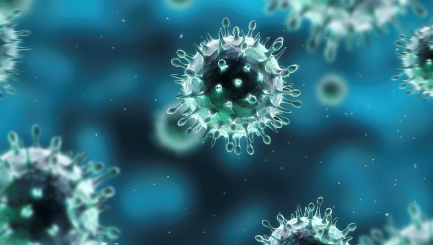Is it Possible to Spread HPV to Yourself?
When you talk about protecting your sexual health, it generally involves another person. Not only could your wellness be at risk to sexually transmitted infections (STIs) but you’ve likely caught the disease from a sexual partner, meaning that their wellbeing has likewise been affected. However, is it possible to give yourself an STI, or to help it spread to other parts of your body? The answer is yes, especially when it comes to the human papillomavirus (HPV)
According to award-winning wellness writer Hope Gillette, ‘Because of the risks involved with this sexually transmitted infection (STI), awareness initiatives and vaccine promotions have increased in recent years, but many individuals remain unaware there is a self-inoculation risk associated with HPV. Self-inoculation, or the transmission of a disease from one part of the body to another, is rarely thought of with HPV, which most individuals associate with the appearance of genital warts.The human papillomavirus is more diverse than this, however, and while it does commonly affect the surface of the vagina, anus, vulva, cervix, and penis head, it also can affect the mouth and the throat.’
Researchers at the University of Florida College of Public Health and Health Professions point out that, because HPV is capable of affecting your oral and sexual wellbeing, this makes it perfectly possible for you to spread the infection from your genital area to your mouth and throat without the aid of a sexual partner. Gillette notes, ‘Oral HPV is considered by the American Cancer Association to be one of the up-and-coming contributors to the rate of oral cancers seen annually in the United States; approximately 42,000 people are diagnosed with the condition annually.’ Maura L. Gillison, MD, PhD, of JohnsHopkinsUniversity in Baltimore, adds, ‘The number of oropharyngeal cancers caused by HPV is probably larger than the number caused by smoking and alcohol, at least in the US. This expands our idea of who might be at risk for head and neck cancers. There is a proven survival benefit to catching these cancers early, so recognizing that people without traditional risk factors may still be at risk is important.’
There are more than 100 strains of HPV, but not all of these strains lead to serious health risks. However, the Mouth Cancer Foundation states that if you do develop an oral HPV infection, you are a whopping 32 times more likely than other individuals to develop oral cancers. This increased risk is way beyond that which smokers or drinkers experience, even for people who both drink AND smoke. Gillette details, ‘Oropharyngeal cancer occurs in the area beyond the mouth from the base of the tongue to the back of the throat. Oral HPV infection is also more common among men than women, though researchers are unsure why this disparity exists.’ Men, you need to watch out as you are roughly three times more likely to develop an oral HPV infection than your female counterpart. In 2012, a study showed that approximately 10% of men ages 14 to 69 have an oral HPV infection, compared to just 3.6% of women.
So how can you prevent self-inoculation of HPV? Gillette advises, ‘While it is not always possible to prevent self-inoculation of HPV, examination of personal sexual habits is the first step toward keeping the virus at bay. Individuals who participate in activities which involve genital-to-mouth contact from their own bodies are at risk for oral infection. If these habits cannot be adjusted, research from the University of Texas School of Public Health in Houston suggests oral mouthwash, brushing and regular flossing can help reduce an individual’s risk of contracting oral HPV.’


Comments are closed.